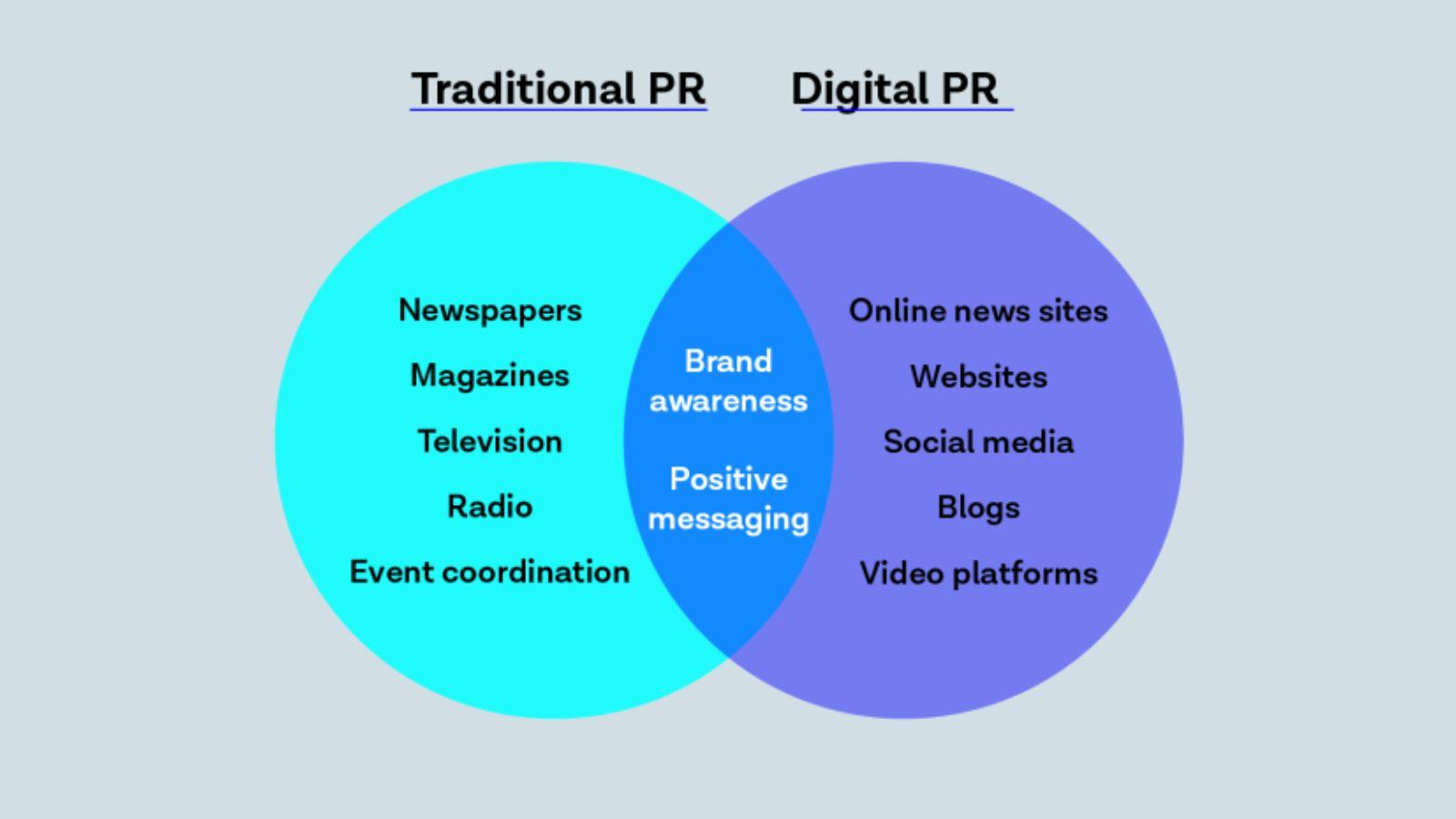Digital PR stands apart from traditional PR in one key aspect: subtlety.
While traditional PR takes a direct approach to promoting a brand, digital PR is far more understated. In fact, the success of a digital PR campaign doesn’t hinge on whether a brand’s message reaches its customer base. Surprisingly, digital PR isn’t primarily focused on customers at all—it’s focused on impressing Google.
Google’s search result pages (SERPs) are the ultimate battleground for businesses, with every company striving for a top spot. One of the most critical factors influencing a website’s ranking is inbound links, or backlinks. These are links from well-regarded, authoritative websites pointing to your brand. Digital PR campaigns are specifically designed to earn these high-quality backlinks by securing placements in reputable media outlets.
By blending traditional PR principles with SEO goals, digital PR provides a more holistic approach to earned media. Its success is also easier to measure, thanks to tangible metrics like backlinks, social shares, and increased domain authority. This clear ROI makes digital PR a powerful and effective strategy for modern businesses.
What is Traditional PR?
While it may seem like our world has fully embraced the digital era, millions of people still rely on traditional media in their daily lives. They watch the evening news in their living rooms, tune in to the radio during their commutes, and some even continue to have newspapers delivered to their doorstep each morning.
Despite the rapid growth of digital platforms over the past decade, traditional media remains both relevant and widespread, making traditional media strategies as crucial today as they’ve always been.
| Modes of Delivery |
|---|
| Newspaper |
| Magazines |
| Television |
| Radio |
| Events |
The core mission of traditional PR is to foster positive relationships between consumers and the brand. However, it also involves managing the brand’s reputation through event coordination and crisis communication. This often includes crafting and distributing press releases to traditional media outlets, such as niche industry publications, television channels, and radio stations, with the goal of securing valuable print and media coverage.
Benefits of Digital PR over Traditional PR
No matter which public relations approach you choose for your brand, the ultimate goal remains the same: building brand awareness, conveying a positive message, and connecting with your audience. While both digital PR and traditional PR are effective for spreading a message, they come with distinct advantages and challenges. Both strategies are essential tools for promoting a company, product, or service, each offering unique ways to achieve impactful results.
However, there are some key differences between the two:
| Traditional PR | Digital PR |
|---|---|
| Increase brand awareness | Increase brand awareness & SEO |
| More accurate messaging | Subtle messaging |
| Less space for creativity | Highly creative content |
| One-way engagement | Two-way engagement |
| Success can be difficult to measure | Tangible results |
4 Benefits of Digital PR over Traditional PR
Reach: Digital PR typically offers a broader reach compared to traditional PR, as it leverages online channels like social media, email, and websites to share information with a global audience. In contrast, traditional PR relies on offline channels such as print and broadcast media, which tend to have a more localized and limited audience.
Target Audience: Digital PR allows for precise targeting of specific demographics or groups through tools like targeted advertising and personalized content. In comparison, traditional PR depends on broad-based media placements, which may not be as effective in reaching niche or highly specific audiences.
Measuring Effectiveness: Digital PR enables more accurate tracking and measurement of results, as online engagement and conversions can be easily monitored and analyzed. In contrast, traditional PR relies on subjective methods, such as evaluating media placements and gauging brand awareness, making its effectiveness harder to quantify.
Cost: Digital PR is often more cost-effective than traditional PR because it doesn't rely on costly advertising placements or production expenses.
In summary, digital PR leverages online channels to reach a broader audience, offers a more affordable approach, and allows for easier measurement of results compared to traditional PR.
Which approach is right for you?
Choosing the right PR approach can be challenging and ultimately depends on the business's objectives. If the goal is to boost brand awareness within a specific industry and connect with potential customers, traditional PR is the way to go. On the other hand, if the aim is to gain widespread visibility and media coverage, digital PR would be a better fit.
There’s no one-size-fits-all answer. Despite their differences, both Traditional and Digital PR share the same core goal, which is why many businesses choose to combine both strategies for maximum impact.
Frequently Asked Questions (FAQS)
Q: What is the difference between traditional PR and digital PR?
A: Traditional PR relies on offline media like print and TV, while digital PR uses online channels such as social media and websites to reach audiences.
Q: What is the difference between PR and digital media?
A: PR focuses on managing public perception through media and communication, while digital media refers to the platforms and technologies used to distribute content online.
Q: What key factor distinguishes digital media from traditional media in PR?
A: The key factor is the medium used—digital media is online-based, offering real-time engagement and targeting, while traditional media is offline, with a broader, less targeted reach.
Q: What is traditional PR vs digital PR?
A: Traditional PR focuses on offline channels like TV, print, and radio for brand promotion, while digital PR leverages online platforms for greater reach, engagement, and measurable results.







